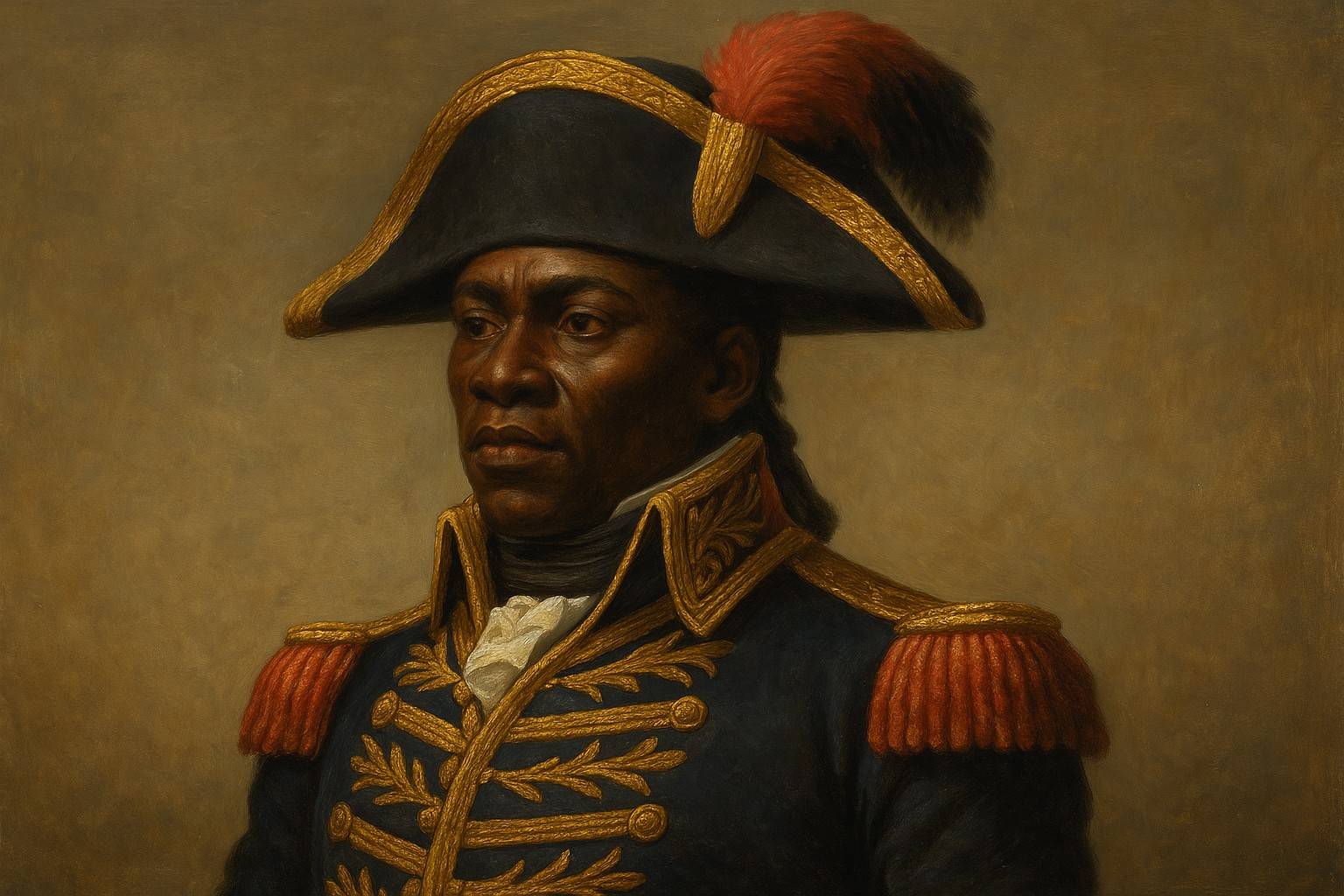Your cart is currently empty!
Louverture, According to Napoleon: The Missed Alliance that Could’ve Reshaped the Americas and Set Haiti on a Different Course.

This fascinating text makes clear that the tragedy of the Haitian revolution lay in part in the inability of these two leaders to overcome their own respective hubris: while Toussaint was unable to restrain himself from promulgating his constitution, though he was conscious that it would probably lead to open war with the French, Napoleon here reveals that he failed to follow his better instincts, and in the process ended up losing virtually the entire French holdings in the Americas.
In 1801, after the Peace of Lunéville had ushered in a temporary calm across Europe, the French Republic found itself at a rare moment of prosperity and strategic clarity. With Britain expected to soon lay down arms, France had a brief window to adopt a definitive policy regarding its most important colony: Saint-Domingue (present-day Haiti). From his later exile on the island of St. Helena, Napoleon reflected on this critical juncture and the options he had once weighed.
Two opposing strategies were under serious consideration by the First Consul. The first involved legitimizing the authority of General Toussaint Louverture, the brilliant and disciplined leader who had effectively governed Saint-Domingue. Under this plan, Louverture would be formally recognized as Governor-General, entrusted with full civil and military powers. His system of plantation discipline would be consolidated and legalized, while black leaseholders—those cultivating abandoned estates—would pay taxes or rent to former French landowners. France would maintain exclusive trading rights with the colony, enforced by a network of coastal patrols.
This first strategy had clear and immediate benefits. The Republic would secure a loyal, highly motivated army of 25,000 to 30,000 Black soldiers—an unprecedented military force capable of projecting French influence throughout the Americas. This approach demanded no sacrifice in French lives or finances. Although French planters would lose a substantial portion of their wealth, French commerce would remain dominant due to its continued trade monopoly.
The second strategy took a more conservative, colonialist approach. It proposed reasserting direct French control over the colony through military conquest. Black military leaders above the rank of battalion chief would be forcibly removed and brought to France, the Black population would be disarmed—though their civil liberties would be nominally protected—and white colonists would have their property restored.
While the second plan favored the interests of colonial landowners and was arguably more consistent with traditional notions of justice, it came at a steep cost. War would require immense human and financial resources. The competing claims of Black, mixed-race, and white communities would ensure a persistent state of conflict, turning Saint-Domingue into a geopolitical powder keg.
Ultimately, Napoleon leaned toward the first approach. It aligned with what he considered sound, pragmatic politics. A well-organized, Black-led military state under French protection offered not only stability but the possibility of expanding French influence across Jamaica, the Antilles, Canada, the United States, and Spanish America. From his reflective vantage point in exile, Napoleon could see how revolutionary Toussaint’s leadership truly was—and how the choice to oppose it would shape the fate of empires.
From “Toussaint Louverture: The Haitian Revolution” by Jean-Bertrand Aristide
